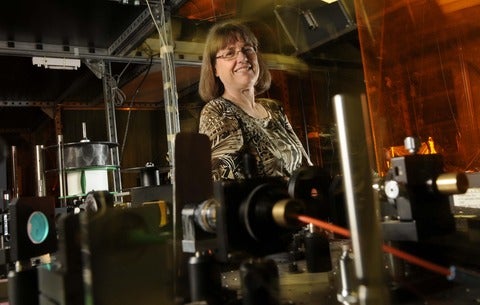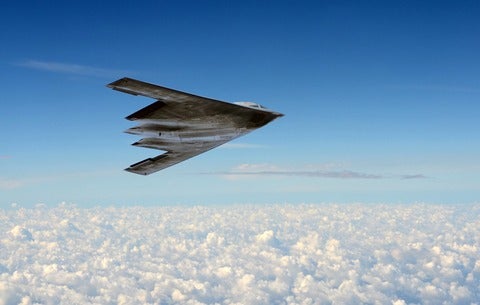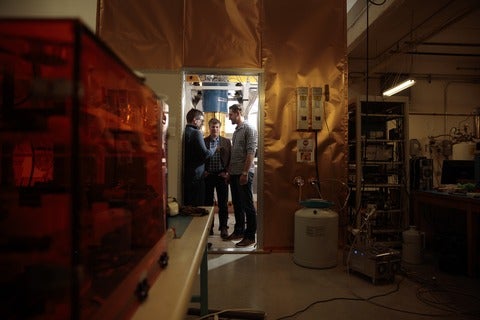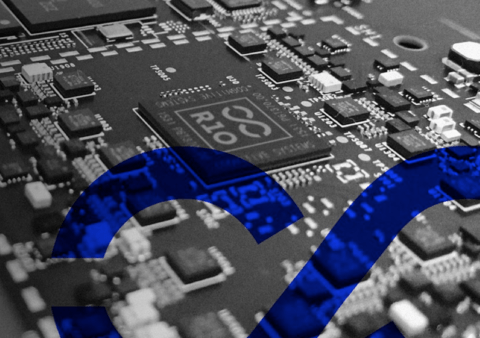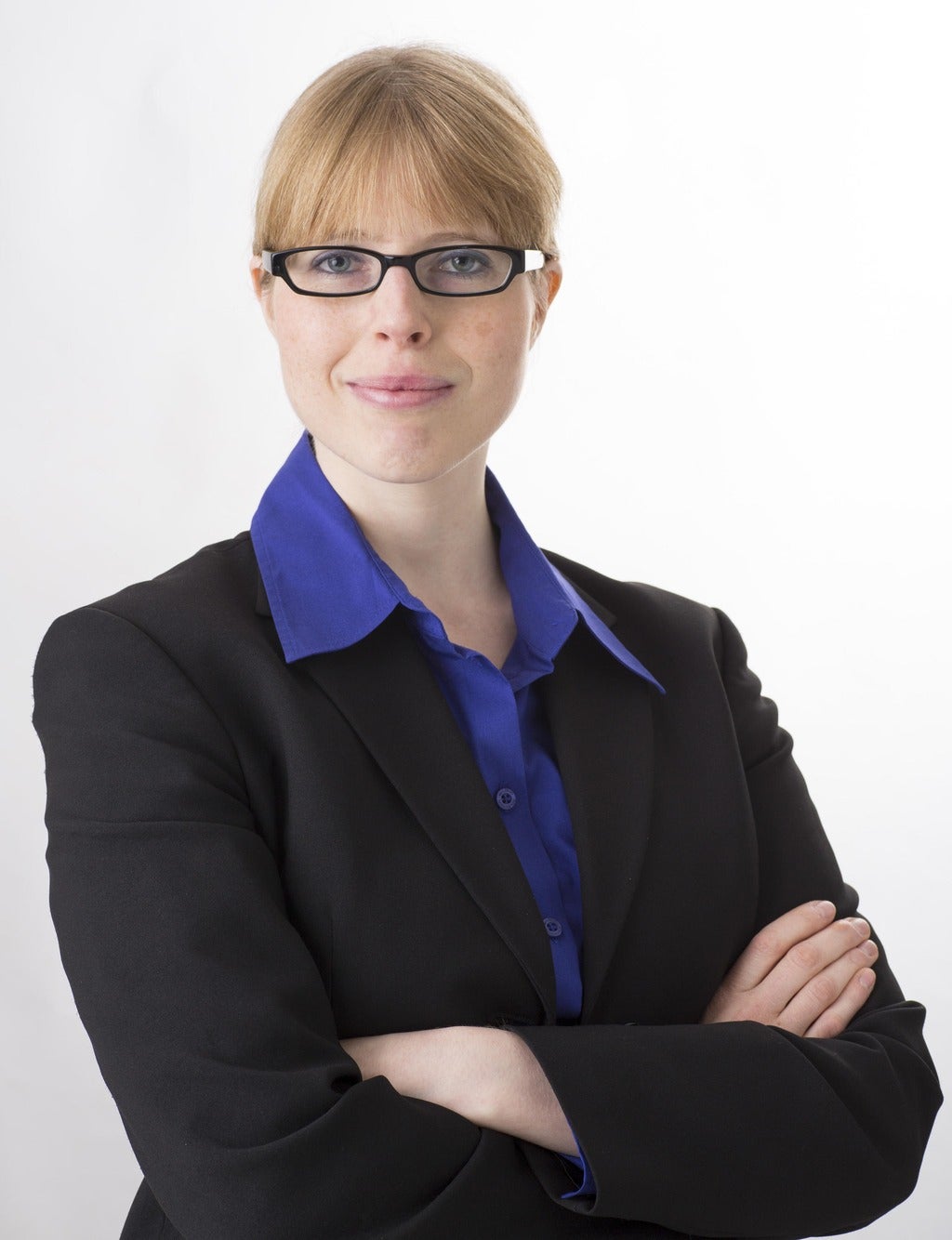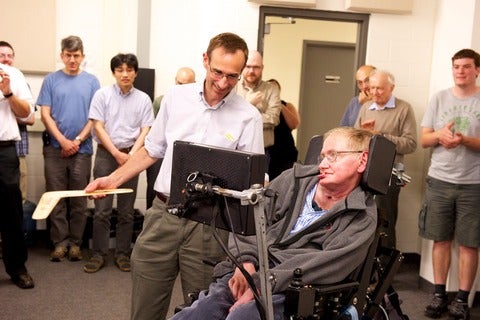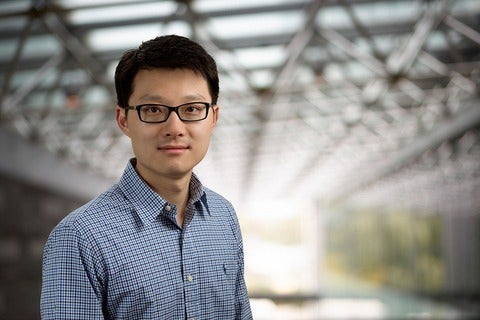Generating multiphoton entanglement on a superconducting chip
A step further for secure quantum communication and scalable quantum computing
A team of researchers at the Institute for Quantum Computing (IQC) generated three-photon entanglement on a superconducting chip using a new, scalable technique.
The experiment, published in Physical Review Applied, could lead to advances in quantum communication protocols like secret sharing and in quantum computing power.
